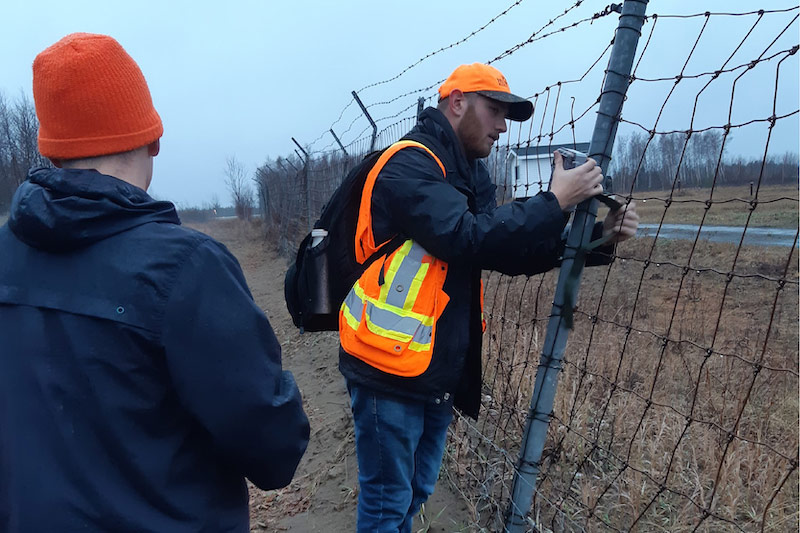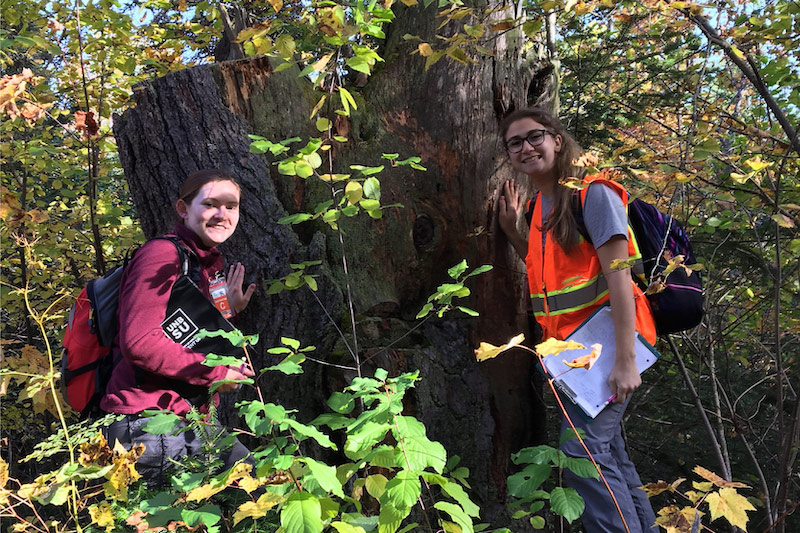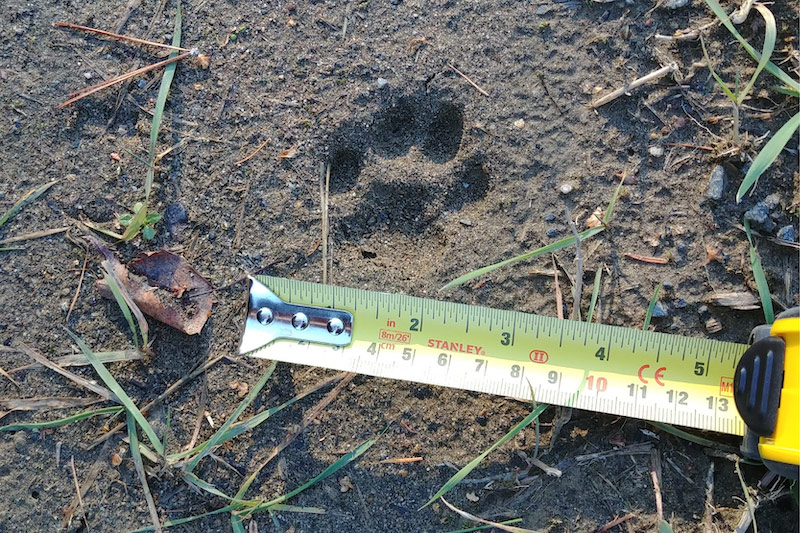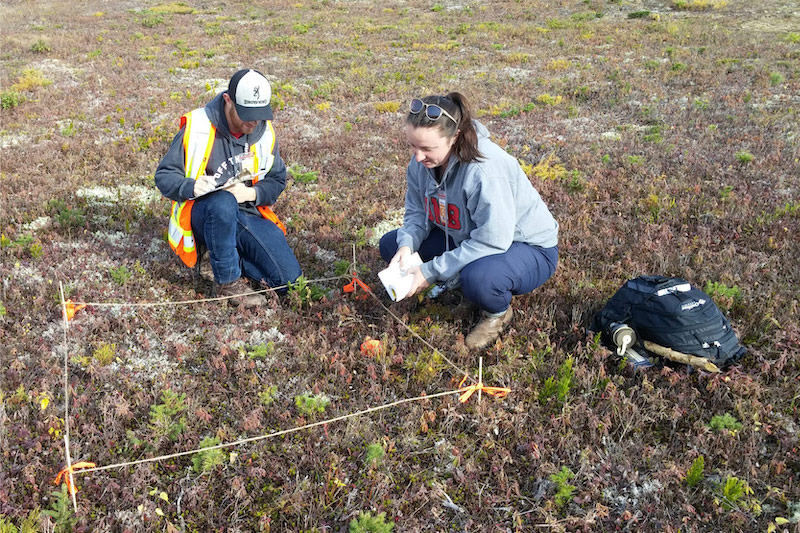What is it about the ForEM Students and the 4020 Capstone Course?
Author: Dr. Ted Needham
Posted on Feb 27, 2020
What is it about ForEM graduates that make them effective professionals? Maybe it’s the way they transform their technical knowledge and skill into meaningful and implementable plans that resolve current and complex forestry and environmental problems.
Like their predecessors, ForEM students in the final year of their program work in teams to complete a capstone course referred to as 4020 to hone their management abilities.
Working with a client, teams of 5 to 10 students apply and enhance their technical knowledge, structured problem solving, teamwork, project management, and critical thinking abilities to transform a topic into a problem statement. They then produce a meaningful, implementable, socially acceptable, and robust management plan to resolve it. They identify and develop clear goals and quantifiable objectives, collect social and site-specific field data, develop alternatives, analyze them, and transform them into management plans.
The other thing about ForEM students, especially 4020 students is their ‘I want to and I can’ attitude. It’s a defining attribute of UNB ForEM graduates. In 4020, students enhance and develop this attitude by accepting a challenging project and pursuing it with take-charge interdependence. Throughout the year, they manage the challenges of teamwork; they overcome the anxiety of resolving a new and daunting problem; and they practice project management to deliver a quality project in a timely way.
This year, 10 teams, five Forestry (FOR) and five Environment and Natural Resource (ENR) are developing management plans for a diverse group of clients. Forestry clients include: W.R. Gillespie, a large forestland owner, the Nature Conservancy of Canada, the Town of Oromocto, Forest Hill United Church, and the City of Fredericton. ENR clients include the Fredericton Airport who is seeking a wildlife management plan, a local farmer who wants to adopt a regenerative agriculture approach to crop production, UNB who is seeking a plan to be carbon neutral, NB DNR who is interested in riparian ecosystems, and St. John River water association groups seeking compilation and use of a regional data base to determine how to enhance river quality. Engaged clients with real needs are critical to the success of the course. They provide current problems, set high expectations, and serve as mentors as well as clients. Their willing participation is invaluable.
In the social media posts that follow this blog, you will meet some of our clients. You will meet the students working on this year’s projects. You will learn about their projects and the ways they are addressing their problem statement to create management plans for and with their clients.
You will see ‘what it is about ForEM students and their capstone course’ that prepares them for work as capable professionals.
This Year’s List of 4020 Capstone Projects
Forestry
1. Forest Management Plan for W & R Gillespie Ltd.
The objectives of the project are to sustainably manage 3700 hectares of non-contiguous properties to produce high-quality timber, increase financial gain, improve roads and property lines, and identify other values such as wildlife, sensitive, and at-risk areas. The ten management areas are delineated into 72 forest stands and recommendations are provided on a per area and per stand basis.
2. Ecosystem Enhancement Plan for the Nature Conservancy of Canada’s Sunset Valley Property
The primary goal of this project was to improve three main ecosystem services provided by Nature Conservancy of Canada’s Sunset Valley Property including: carbon storage, water quality maintenance, species at risk and rare habitat.
3. Town of Oromocto Urban Forest Management Plan: Phase I
This project has involved building a street tree inventory for the town of Oromocto and using that inventory to make an urban forest management plan with recommendations on how to maintain and increase the health of the urban forest and various services that it provides.
4. Sacred Roots Urban Forest Management Plan for the Forest Hill United Church
The Forest Hill United Church has a small forest parcel within the city of Fredericton, they tasked this group with their primary goal of generating revenue from the forest parcel without harvesting timber.
5. Killarney Lake Park Urban Forestry Management Plan
The University of New Brunswick (UNB) Faculty of Forestry and Environmental Management (FOREM) is working with the City of Fredericton Parks and Trees division to create an urban forest management plan for Killarney Lake Park. The primary goals include mitigating and managing the impact of insects, diseases, climate change, and wildfire
ENR
1. Development of Adaptive Wildlife Management Strategies for the Fredericton International Airport
The goal of this project is to provide a variety of short-term and long-term management strategies for the Fredericton Airport to minimize wildlife entries into the airport grounds and to minimize hazards that these wildlife species pose.
2. The MacDougall Family Farm Management Plan: Conversion from Conventional to Regenerative Agriculture
The project and report will outline how to incorporate environmentally friendly techniques and practices that follow the definition and characteristics of regenerative agriculture.
3. Defining and Protecting the Functional Riparian Ecosystem in New Brunswick
This project involved developing a method to define and delineate functional riparian ecosystems as a potential option to increase the protected areas in New Brunswick. The project included defining riparian ecosystems, outlining their key functions and delineating the ecosystem using a three-zone, variable-width model.
4. Saint John River Water Quality Report Update and Management Plan
This group was tasked with updating water quality, nutrient loading and emerging issues sections of the 2011 Saint John River, A State of the Environment Report by the Canadian Rivers Institute and Environment and Climate Change Canada. This involved creating a database to collate all water quality data from over 10 different watershed and government organizations across the province, analyzing it and producing representative graphs for the status and trends over the last 10 years for each variable
5. Carbon Neutrality by 2050: A Feasibility Study for the University of New Brunswick
The purpose of this study is to present and review options for meeting University of New Brunswick’s greenhouse gas (GHG) emissions reduction targets using carbon offsets. The study addresses several key questions related to the types of carbon offsets available, best-in-class carbon offsets, and costs and benefits to the University.
Photos: Development of Adaptive Wildlife Management Strategies for the Fredericton International Airport - Sarah Cusack, Lydia Giffin, Ben Gorringe, Aiden Isbill, Kaylee MacLeod, and Lauren Verner




